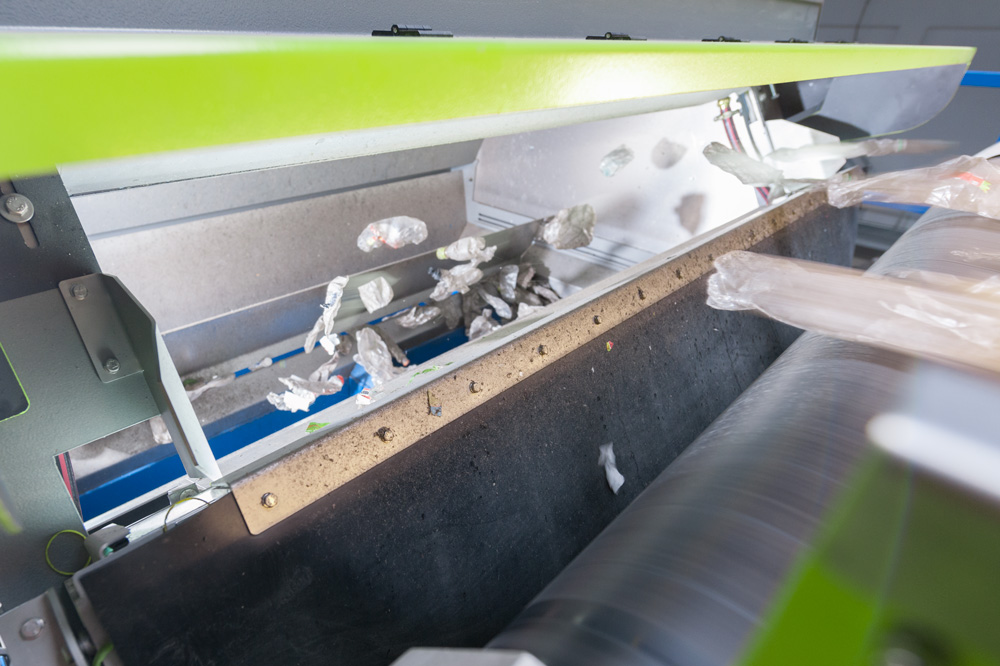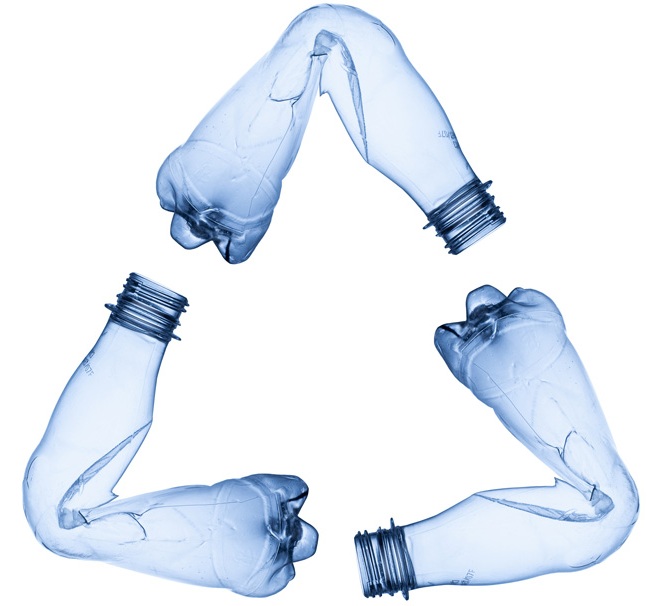As I mentioned, this 4 part presentation is being done by Sesotec GmbH, a company which manufactures recycling equipment. Even so the information given by Sesotec is to the point on the topic of pollution by man made packaging and products which can be sued again and again and in some cases up to 8 times. Fair warning as the pitch comes with regards to Sesotec’s abilities. Around 70 years after the first plastic product hit the market, a world without plastic waste now seems like a distant vision. It’s time for a new perspective on this supposed waste. In the third instalment of our series, we focus on how we must all manage how we deal with plastics in future, and the role materials sorting technologies and contaminant detection systems play in
Topics:
run75441 considers the following as important: climate change, Hot Topics, US/Global Economics, Waste Management
This could be interesting, too:
NewDealdemocrat writes JOLTS revisions from Yesterday’s Report
Joel Eissenberg writes No Invading Allies Act
Joel Eissenberg writes How Tesla makes money
NewDealdemocrat writes January JOLTS report: monthly increases, but significant downward revisions to 2024
As I mentioned, this 4 part presentation is being done by Sesotec GmbH, a company which manufactures recycling equipment. Even so the information given by Sesotec is to the point on the topic of pollution by man made packaging and products which can be sued again and again and in some cases up to 8 times. Fair warning as the pitch comes with regards to Sesotec’s abilities.
Around 70 years after the first plastic product hit the market, a world without plastic waste now seems like a distant vision. It’s time for a new perspective on this supposed waste. In the third instalment of our series, we focus on how we must all manage how we deal with plastics in future, and the role materials sorting technologies and contaminant detection systems play in recycling.
Each year, Europeans generate 25 million tonnes of plastic waste. At a global level, 78 million tonnes of plastic waste is created annually. The world has to respond to this global problem together, as recycling rates everywhere have been at a low level so far: 30% in Europe, 25% in China, and just 9% in the USA (Plastikmüll-Statistik 2017). A large portion of the supposed waste is still incinerated, or ends up in landfills and the environment, which harbors risks for our water, air, and food chain.
To achieve a Circular Economy, it’s important that all players contribute to this task: from product design and manufacture on the part of the plastics industry, along with conscious use and avoidance of plastics as well as waste separation on the part of consumers, followed by proper recycling and sorting by the waste and recycling sector, all the way up to conversion into high-quality secondary raw materials and their use in the manufacture of new products.
Past the leap, how a Circular Economy will work.
How does a circular economy work?
 In order to be able to use the plastic waste or used plastic as a secondary raw material and thereby create recyclates of the right quality for new products, the source material has to be as pure as possible. Given the developments that have taken place, materials sorting technologies and contaminant detection systems are becoming increasingly important for the waste sector.
In order to be able to use the plastic waste or used plastic as a secondary raw material and thereby create recyclates of the right quality for new products, the source material has to be as pure as possible. Given the developments that have taken place, materials sorting technologies and contaminant detection systems are becoming increasingly important for the waste sector.
And this is exactly where Sesotec’s expertise is called for and applied. Technology can sort waste with great precision and thereby supply pure source materials. The technology has been around for a long time.
Sesotec’s sorting systems sort the collected plastics (bottles, flakes, and ground material) based on a range of criteria, such as colour, shape or type of material. They are equipped with sensors that can be combined to suit the particular application scenario. Infrared technology enables the systems to recognize different materials. Camera systems allow the material flows to be sorted by colour and shape. Special metal sensors can also be built into the systems.
Sesotec has taken on the industry’s challenge, and more than 600 of its sorting systems for plastics recycling are in use worldwide. In many application scenarios, purity levels of more than 99.9% have been achieved. Only high-quality sorted materials can facilitate high-quality material recycling. The challenges that arise in sorting are caused primarily by material composites, plastics with additives, labels, and dirty plastics.
One textbook example of how a circular economy can work – and one that is already in existence today – is PET. When it comes to PET recycling, Sesotec is already playing a leading role and is a key partner. Solutions are developed to separate contaminants from PET material flows or to divide these material flows into pure groupings.
Depending on the degree of contamination, multi-level sorting processes can achieve purity levels of almost 100%. These sorting steps are what makes bottle-to-bottle recycling – turning used bottles into new ones – possible in the first place.
PET as a Model
Polyethylene terephthalate –
better known as PET – is a highly reusable material as it does not lose its
properties when recycled, making it 100% recyclable.
German consumers return 99% of the PET bottles that require a mandatory
deposit. 93.5% of these bottles are sorted and recycled, either into new PET
bottles (34%), films (27%), textile fibres (23%) or strapping and cleaning
product bottles (16%).
In a nutshell, not only must the supply of plastic recyclates be increased – the demand and willingness to use it must rise too.
This is the only way to close the loop. The circular economy is a global project that requires everyone in society to pitch in.
In political terms, there is currently no global consensus – and that is why the industry has to take on a key role.
Plastic: Part of the Problem . . . Part of the Solution: Part 3: Sorting Technology, Sesotec GmbH, Circular Economy, July 10, 2019

